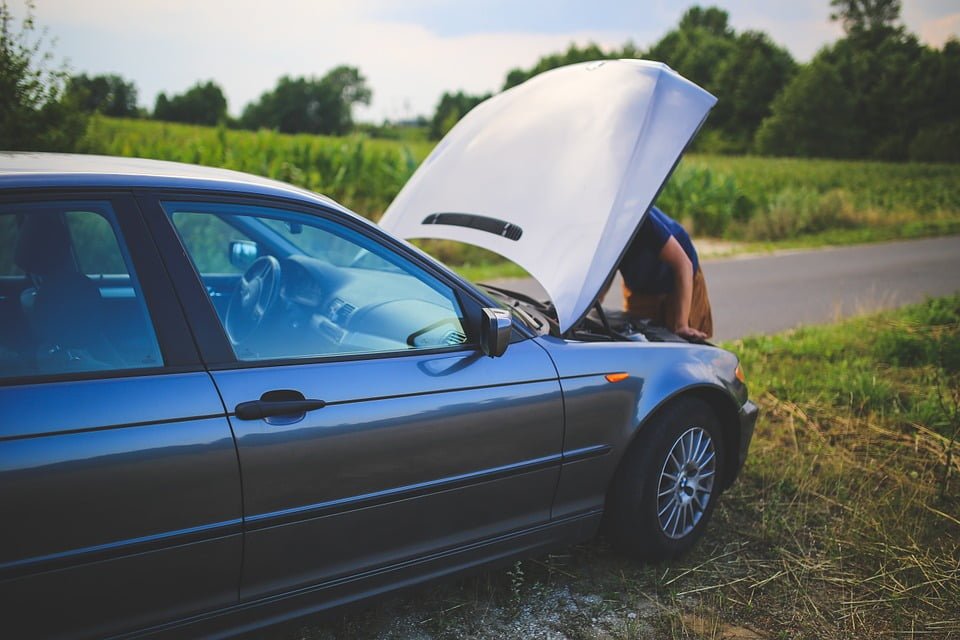Choosing the right breakdown cover

Car Break Down
Back in the day, it was a common sight to see vehicles dotted along the side of the road with their bonnets raised, and owners trying to coax them back into life or patiently awaiting rescue, particularly if the weather turned a little hotter, a little colder or a little wetter than usual.
These days, cars are a hundred times more reliable, and breakdowns are far less common. However, nothing is infallible and the downside to modern cars is that on the odd occasion that they do die on you, there is very little chance that you will be able to get them running again with a wiggle of a wire, the thump of a hammer and the utterance of some choice oaths.
Breakdown Cover Companies
For this reason, it is more important than ever to have some form of breakdown cover in place. The real question is what sort. There are more breakdown companies than ever operating these days, including the old familiar names such as the RAC and a whole host of new operators. It makes sense to read RAC breakdown cover reviews and compare them with others to make an informed choice.
Breakdown Cover Choices
But choosing the breakdown company is only the first decision. You then have to decide what level of cover to choose. These are the typical options. Note that the exact name given to the cover might vary, but every company will offer the same conceptually:
Roadside – This is the most basic level of cover. It will essentially mean you get rescued in an emergency – if you break down, a patrol will come to you and repair the car if possible. If not, you will get a tow to the nearest garage, and from there, you will be left to fend for yourself.
National cover – Sometimes called “relay cover,” this is the same as roadside, but with the added benefit that if the patrolman can’t get you up and running again, he will transport you, your passengers and your vehicle to the destination of your choice, whether that is home, to your preferred garage or somewhere else.
Home start – Again, this is as above, but with the additional benefit that you can also call the patrol out for assistance if the car won’t start at home. Without home start, you are only eligible for rescue if you have broken down a certain distance from home (so you can’t just push the car off the driveway onto the street and call for help!).
Onward travel cover – The most comprehensive level of cover will meet the cost of any unexpected accommodation needs or car hire expenses resulting from your breakdown.
Vehicle or personal cover?
The other question to consider is whether the cover is for you as an individual or your vehicle. The former covers you if you are in a vehicle that breaks down, even if you are only a passenger and it’s not your car. The latter covers the car, regardless of who is driving it.
